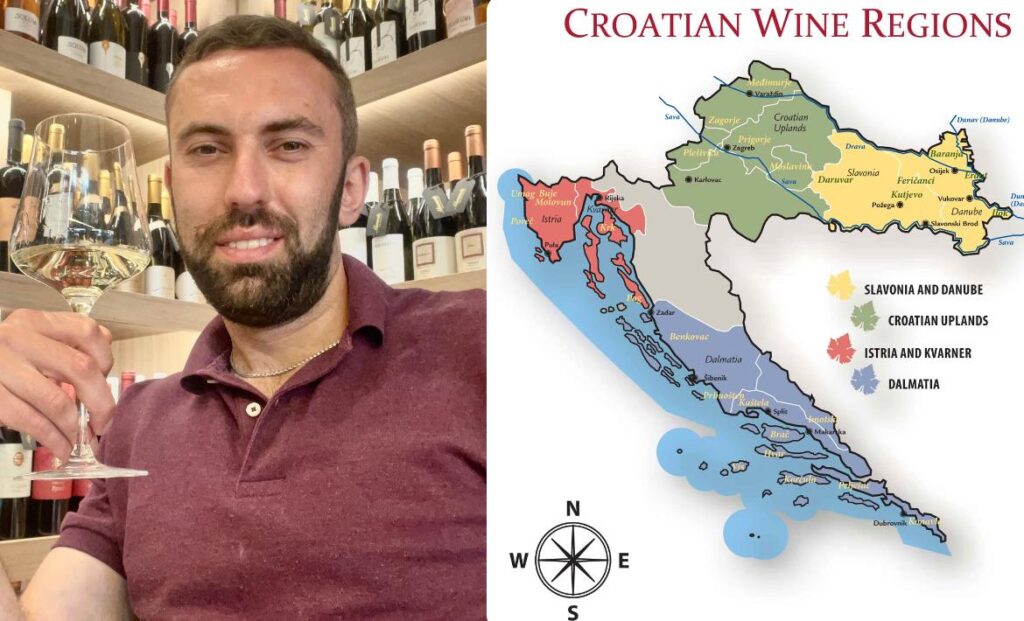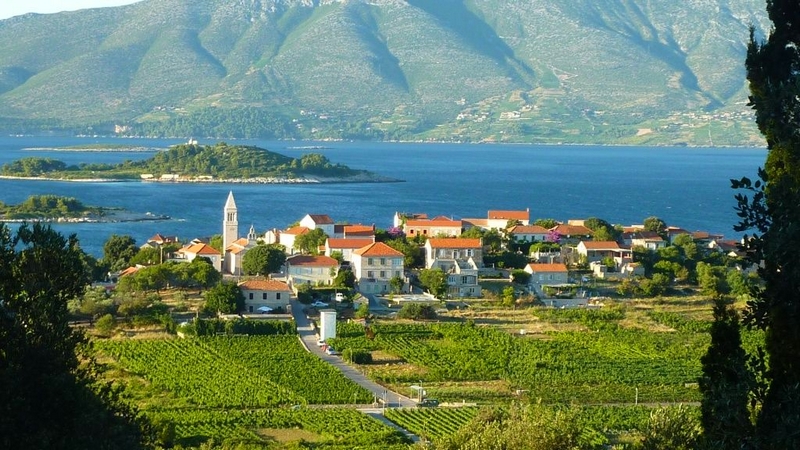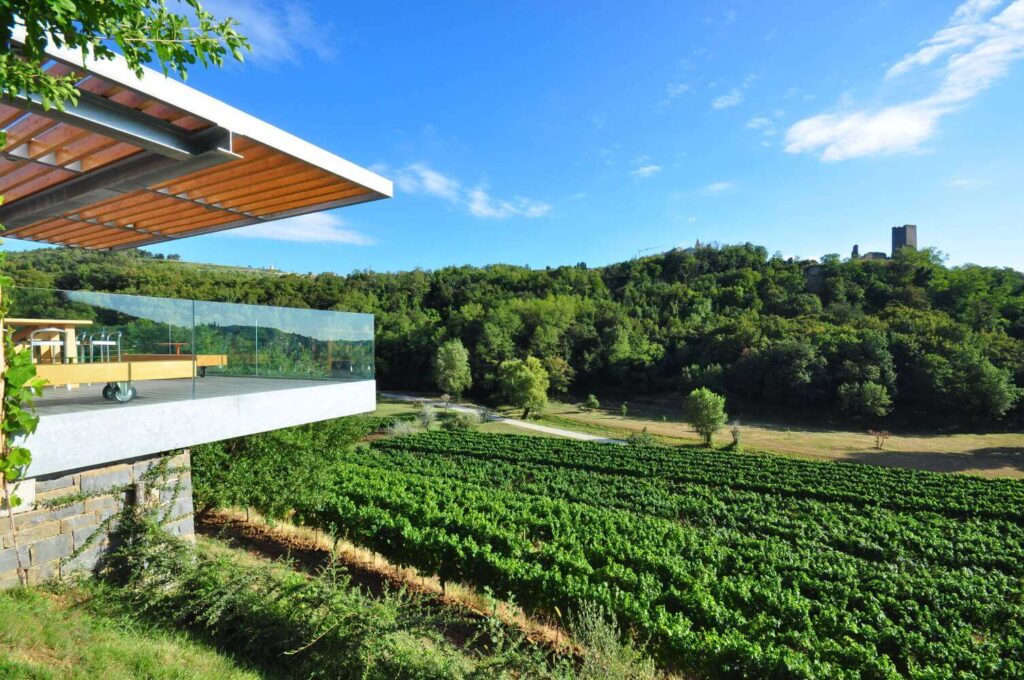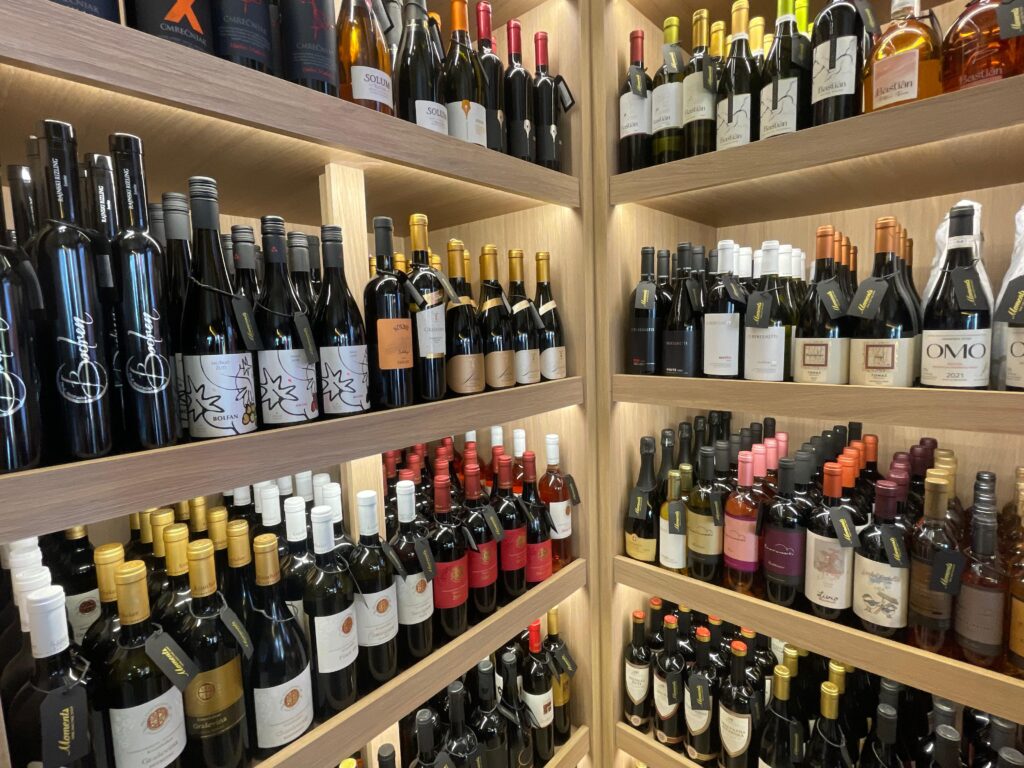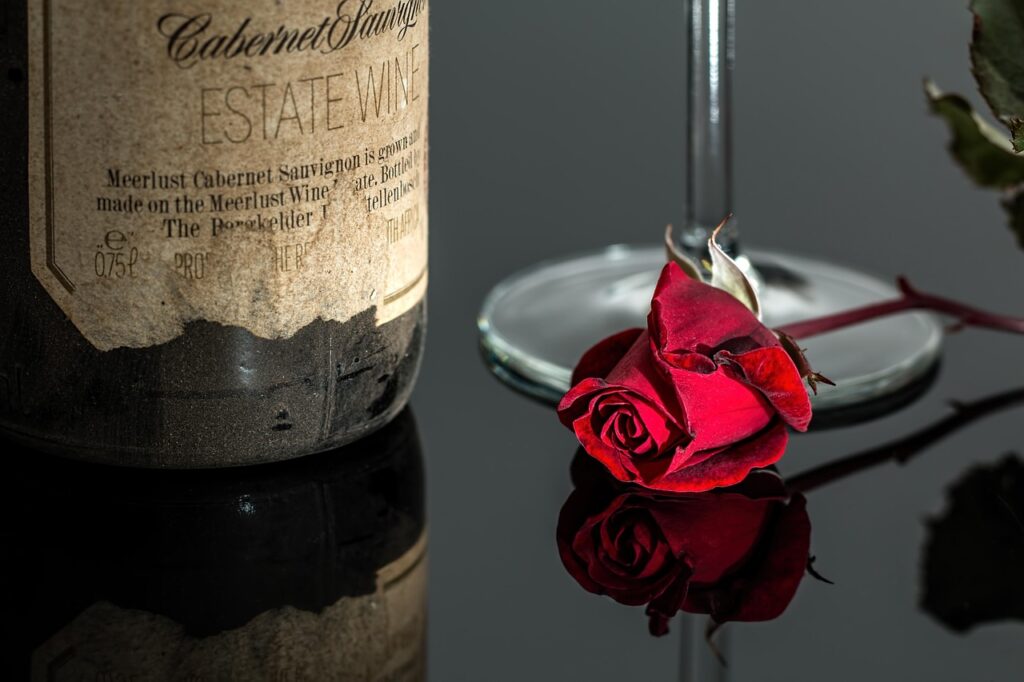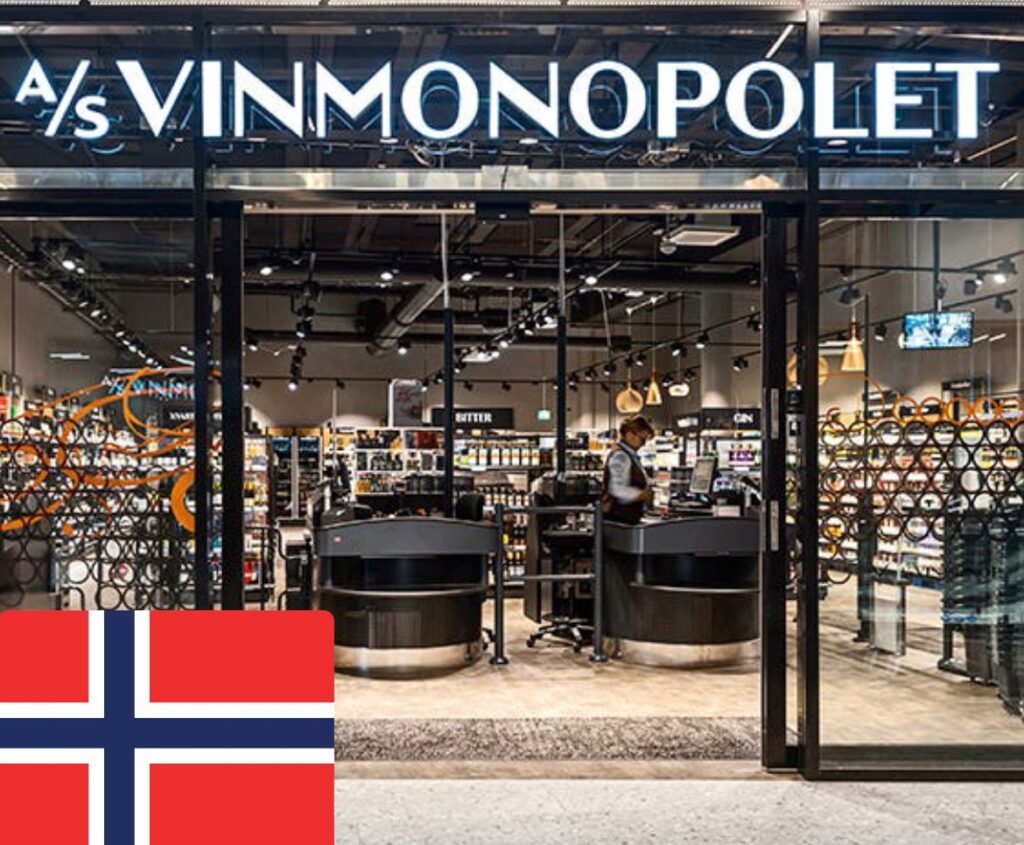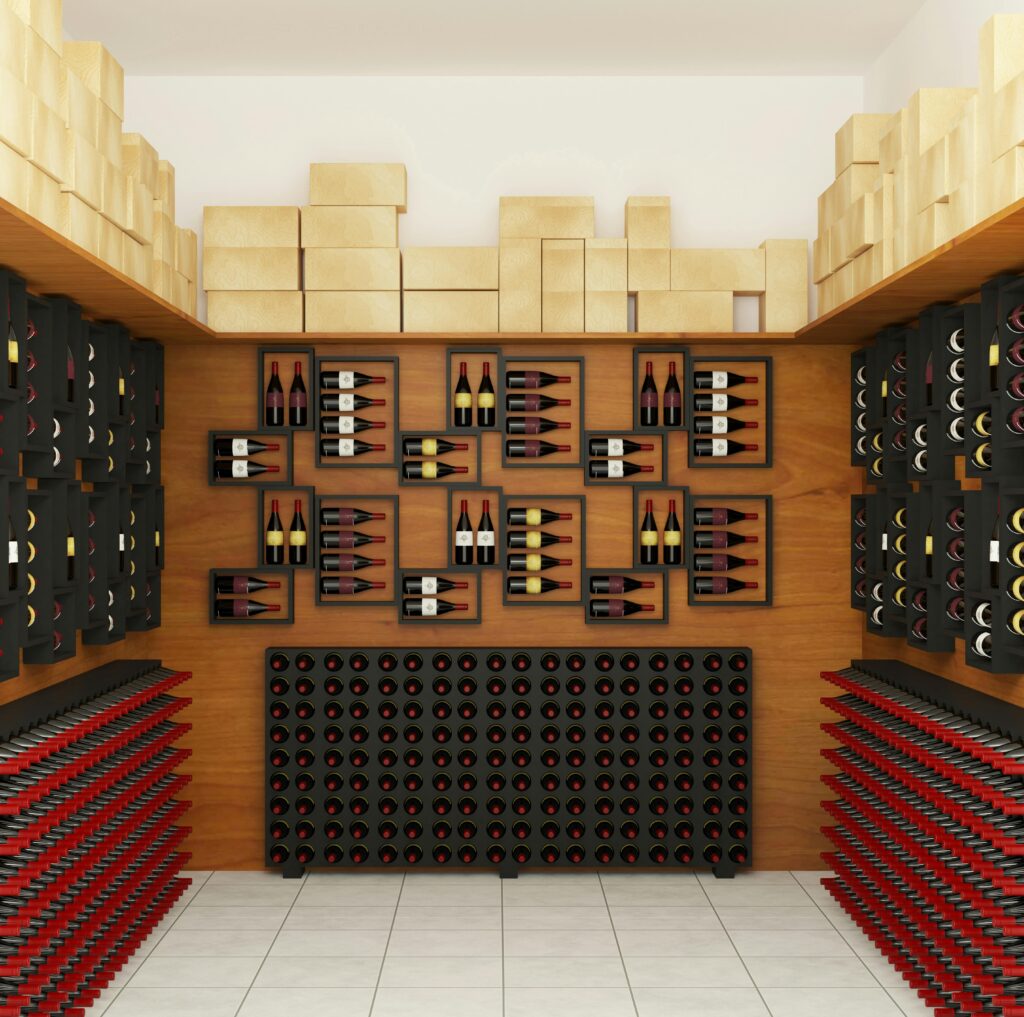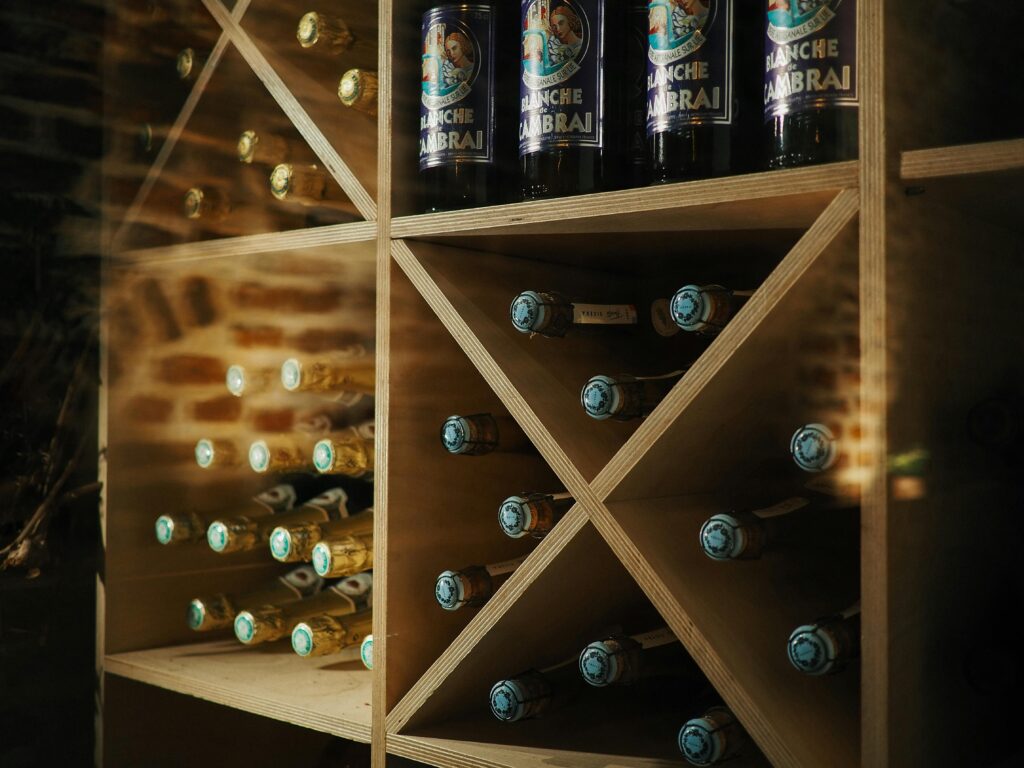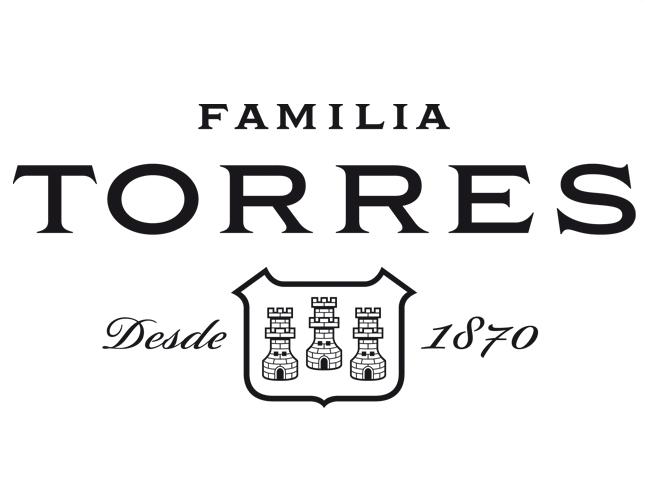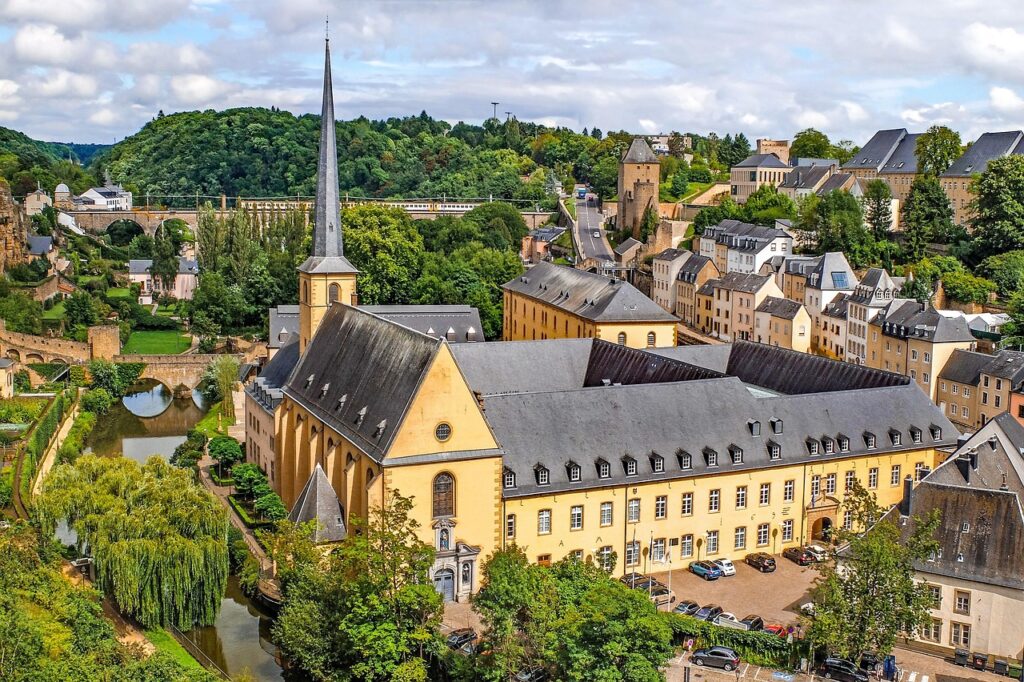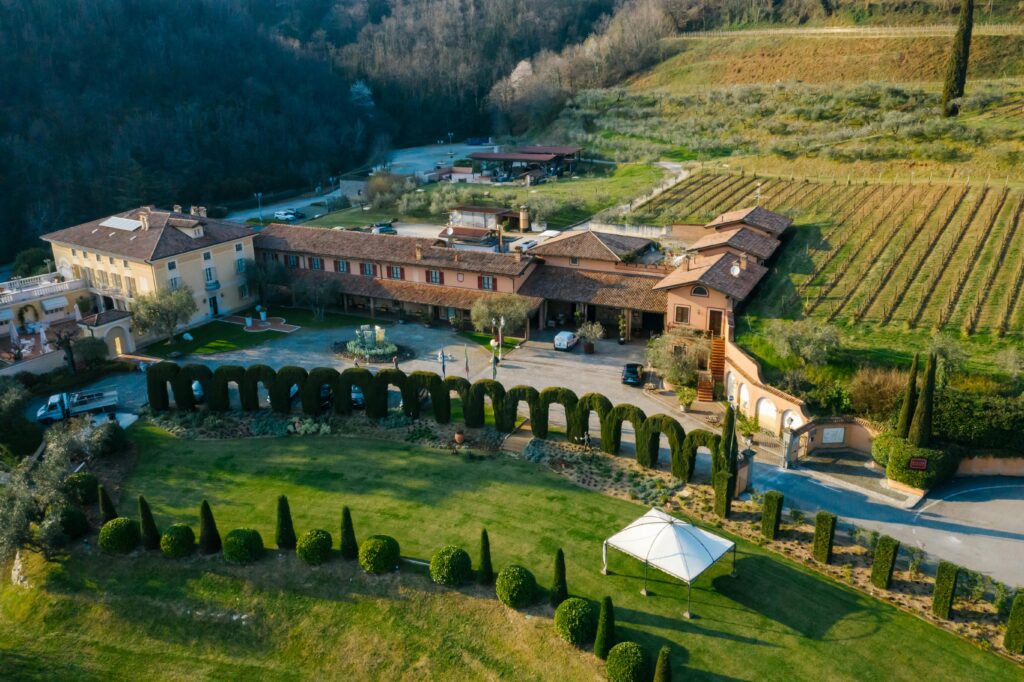The Nordic countries—Sweden, Norway, Denmark, Finland, and Iceland—are not known for growing wine, since their climates are too cold for large-scale grape production. However, these countries are having a strong influence on the global wine industry by encouraging more sustainable practices in how wine is made, packaged, and shipped. Even though they don’t produce much wine themselves, they are helping to shape a greener future for wine exports.

Understanding Sustainability in Wine
Sustainability in wine means protecting the environment, saving natural resources, and treating people fairly throughout the production process. This includes using fewer chemicals in vineyards, reducing water usage, switching to renewable energy, and ensuring good working conditions and fair pay for farm workers. It also involves reducing carbon emissions during production and transport, as well as using eco-friendly packaging to cut down on waste and pollution.
Why Sustainability Matters in the Nordic Region
In the Nordic countries, environmental awareness is a big part of everyday life. People are deeply concerned about climate change and want to make choices that are better for the planet. Recycling is common, clean energy is widely used, and public support for eco-friendly policies is strong. This concern extends to the wine they buy. Many consumers want to enjoy wine without supporting harmful practices, so they look for wines that are organic, fair, and responsibly made.
Governments in these countries also support sustainable choices through rules and regulations. Alcohol is sold mainly through government-run retail chains, especially in Sweden, Norway, and Finland. These stores have a lot of influence and use their buying power to promote sustainability.
The Role of Government-Owned Wine Retailers
Sweden’s Systembolaget, Norway’s Vinmonopolet, and Finland’s Alko are state-controlled alcohol stores that play a major role in encouraging sustainable wine production. These stores only purchase wine from producers who follow strict environmental and social standards. For example, Systembolaget has its own sustainability goals and often asks wine producers to show that they are reducing carbon emissions, treating workers fairly, and avoiding harmful chemicals.
Because these Nordic stores buy large amounts of wine, producers from around the world—such as France, Italy, Chile, and South Africa—work hard to meet these high standards so they can keep selling their wine in Nordic markets.
Growing Interest in Organic and Ethical Wines
In addition to government policies, regular wine buyers in the Nordic countries are choosing more organic and ethically certified wines. Organic wines are made without synthetic pesticides or fertilizers, and biodynamic wines follow a natural, farm-based approach. Wines with Fairtrade certification show that workers are treated fairly and receive decent pay. These labels are increasingly important for Nordic consumers who want to know their wine is made in a responsible way.
Packaging and Climate-Friendly Solutions
Glass wine bottles are heavy and require a lot of energy to produce and ship. That means more carbon dioxide is released into the atmosphere during transport. To reduce this impact, the Nordic countries are leading the way in supporting lighter and more sustainable wine packaging. Wine in boxes, recycled bottles, and even cans or paper bottles is becoming more common. These options use less energy, create less waste, and are easier to recycle.
Measuring Carbon Footprints
Another way Nordic countries are promoting sustainability is by asking producers to measure and report their carbon footprints. This means tracking how much carbon dioxide is created during the entire wine-making process, including growing the grapes, producing the wine, and transporting it. If a wine has a high carbon footprint, it may not be accepted by the Nordic alcohol stores. As a result, many producers are making changes, such as using solar panels or choosing more efficient shipping methods, just to meet these expectations.
A Small Region with Big Influence
Even though the Nordic countries have relatively small populations, their demand for sustainable wine is creating real change. Sweden, for example, is one of the top wine importers per person in the world. Because these countries buy so much wine and set high standards, wine producers are improving their practices—not just to help the planet, but also to stay competitive in the market.
Conclusion
The Nordic countries may not be famous for their vineyards, but they are playing an important role in shaping the future of wine around the world. By choosing sustainable, ethical, and environmentally friendly wines, both consumers and governments in the Nordic region are encouraging wine producers to be more responsible. This shows how smart decisions in one part of the world can lead to big, positive changes in global industries.
